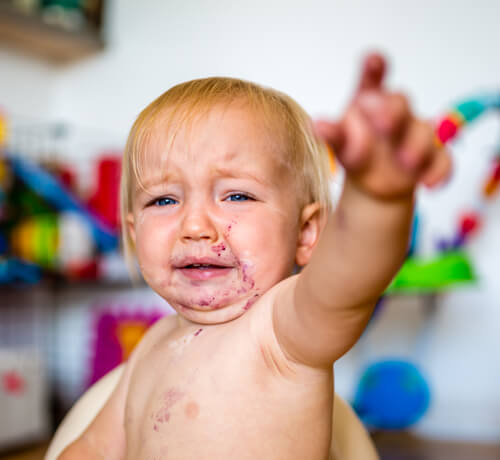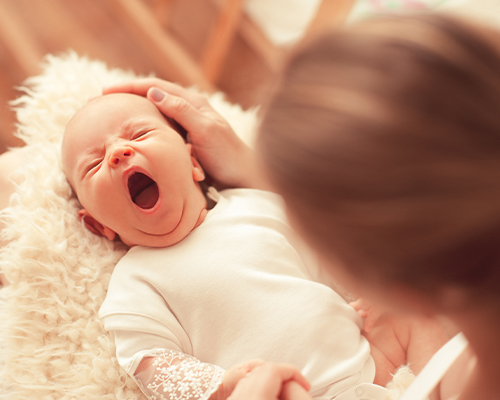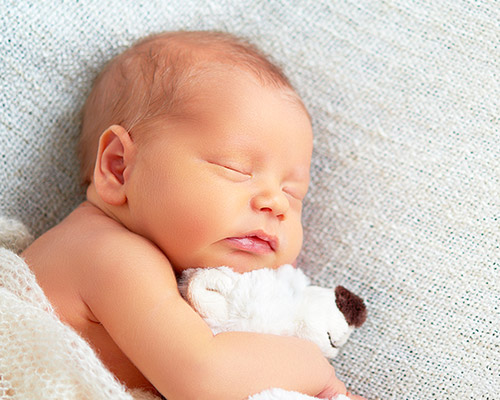
5 minute read
Newborn 101: Bathing, burping and nappies
Key points:
- Have everything you need at hand before changing your child’s nappy
- Burp your baby in an upright position and with gentle back pats
- Always use both hands to hold your baby in the bath
Newborns are a whole new world. Everything about their day-to-day will soon come naturally, but these tips on nappy changing, burping and bathing will come in handy during your first days at home together.
Changing a nappy
- Make sure these are within reach of your change table:
-
- Changing mat
- Clean nappy
- Wet, soft cloth or wet wipes
- Nappy bin
- Change of clothes
- Pull your baby’s clothes up and out of the way
- Open a clean nappy
- Undo the dirty nappy and use the front of it to wipe away as much waste as possible
- Holding your baby’s ankles, gently lift their bottom, fold the dirty nappy and set it aside
- Clean your baby’s front and bottom with the cloth or wipes, and apply nappy rash cream if needed
- Lift your baby’s legs again and slide a clean nappy under their bottom
- Fold the front of the nappy through their legs and secure the sides
- Pull your baby’s clothes back down, or change them into clean clothes
Remember to keep one hand on your baby at all times and never leave them unattended on a change table.
Burping your baby
- The most common move is to place your baby on your shoulder, so you’re facing in opposite directions. Hold them securely with one hand and use the other to gently pat and rub their back.
- The second position (often recommended by healthcare professionals) is to sit your baby on your lap, hold their chin with one hand and gently pat and rub their back with the other.
Tips for bath time
Bath type: You can use a baby bath, any tub with a shallow amount of water, or even the kitchen sink.
Temperature: Ensure the room is warm and the water temperature is 36°C. That’s especially important for newborns, while 37°C and 38°C is okay for older babies.
Supplies:
-
- Wash cloth
- Cotton wool
- Towel
- Nappy changing items
- Clothes
Holding your baby: Always use two hands when lifting them in and out of the bath. Use one arm to wrap around their back (supporting their back, neck and head) and hold onto their armpit. Use the other hand to clean your baby.
Washing your baby: Begin by using damp cotton wool on baby’s eyes, nose, cheeks and mouth. Next, clean under their chin and behind their ears. Move down their arms and the rest of their body, making sure to get in between skin creases and taking care when cleaning around the umbilical cord. Leave your baby’s bottom until last, always cleaning from front to back.
Drying off: After gently taking them out of the bath, pat your baby dry with a soft, warm towel, paying special attention to the skin creases in their neck, arms and legs.
Related content




Meet our Careline Experts
Made up of midwives, dietitians and mums, our Careline can help with all your parenting questions. Your support crew just got bigger!
